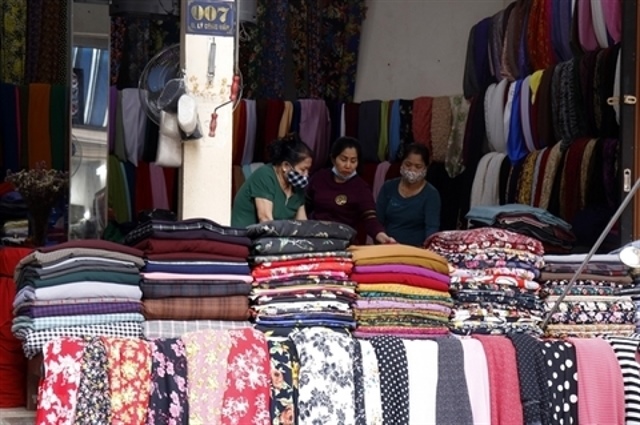NPL problem on back burner
NPL problem on back burner
The State Bank is sticking to its guns despite foreign investors’ frustration over a year-long delay of the application of new debt classification regulations.

According to the State Bank’s Circular 12/2013/TT-NHNN dated May 27, the Circular 02/2013/TT-NHNN dated January 21 regulating debt classification and bad debt provisioning by credit institutions will take effect from June 1, 2014, instead of June 1, 2013 as previously ordered.
Speaking at the Midterm Vietnam Business Forum (VBF) last week, State Bank deputy governor Le Minh Hung said the delay was designed to support enterprises to access credit, boost lending and reduce lending interest rates amid economic hardships.
“The State Bank expected to release an instruction requiring credit institutions to implement Decision 780/QD-NHNN dated April 23, 2013 on debt classification as well as set up a road map for Circular 02 and other solutions to address bad debts and raise credit quality,” said Hung.
At the forum, the foreign business community showed disappointment about the delay of Circular 02.
VBF co-chairman Alain Cany said investors felt frustrated after the State Bank decided to postpone the application of new debt classification regulations by one year.
According to a report by the working group, Vietnam’s banks have long ceased to report the true extent of their bad debts. One reason for this was the previous regulations on bad loans which allowed banks to enjoy flexibility in classifying the same debts into standard or bad categories.
“The delay of Circular 02 may setback transparency, an essential factor in solving problems in the banking sector quickly,” the report said.
Brett Krause, representative of VBF’s Banking Working Group, said Circular 02 would ensure that banks produce more realistic reports on provisioning and would increase investors’ confidence in the transparency of the banking system.
“Therefore, we encourage banks voluntarily abide Circular 02 as soon as possible and begin to address their shortcomings indicated by the Circular,” said Krause.
Addressing bad debt is considered an urgent task for Vietnamese government when it saw the non-performing loans (NPLs) at 7.8 per cent of the total loans in late 2012. By the end of March 2013, the NPLs rate reduced to 4.51 per cent, according to the latest government’s report sent to the National Assembly. The accuracy of that figure, however, is widely questioned.
Moreover, many experts said if Circular 02 was applied, the NPLs rate at some commercial banks would raise from the current level of 3-4 per cent up to 10-20 per cent, even much higher. This means that these banks would have to make higher provisions, tighten lending conditions which would make it hard for enterprises to access bank’s capital and impact on the economy’s credit growth.
vir



























